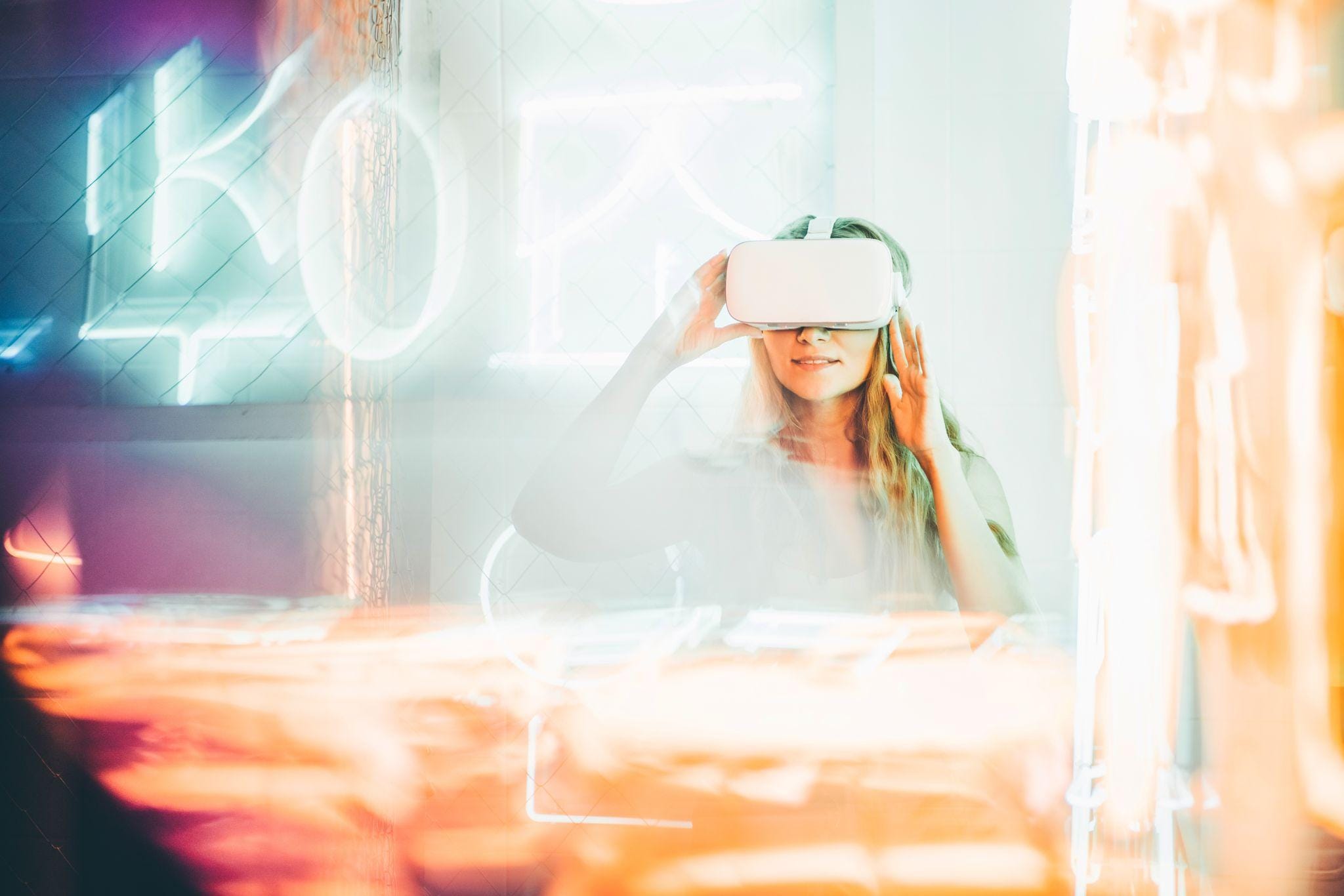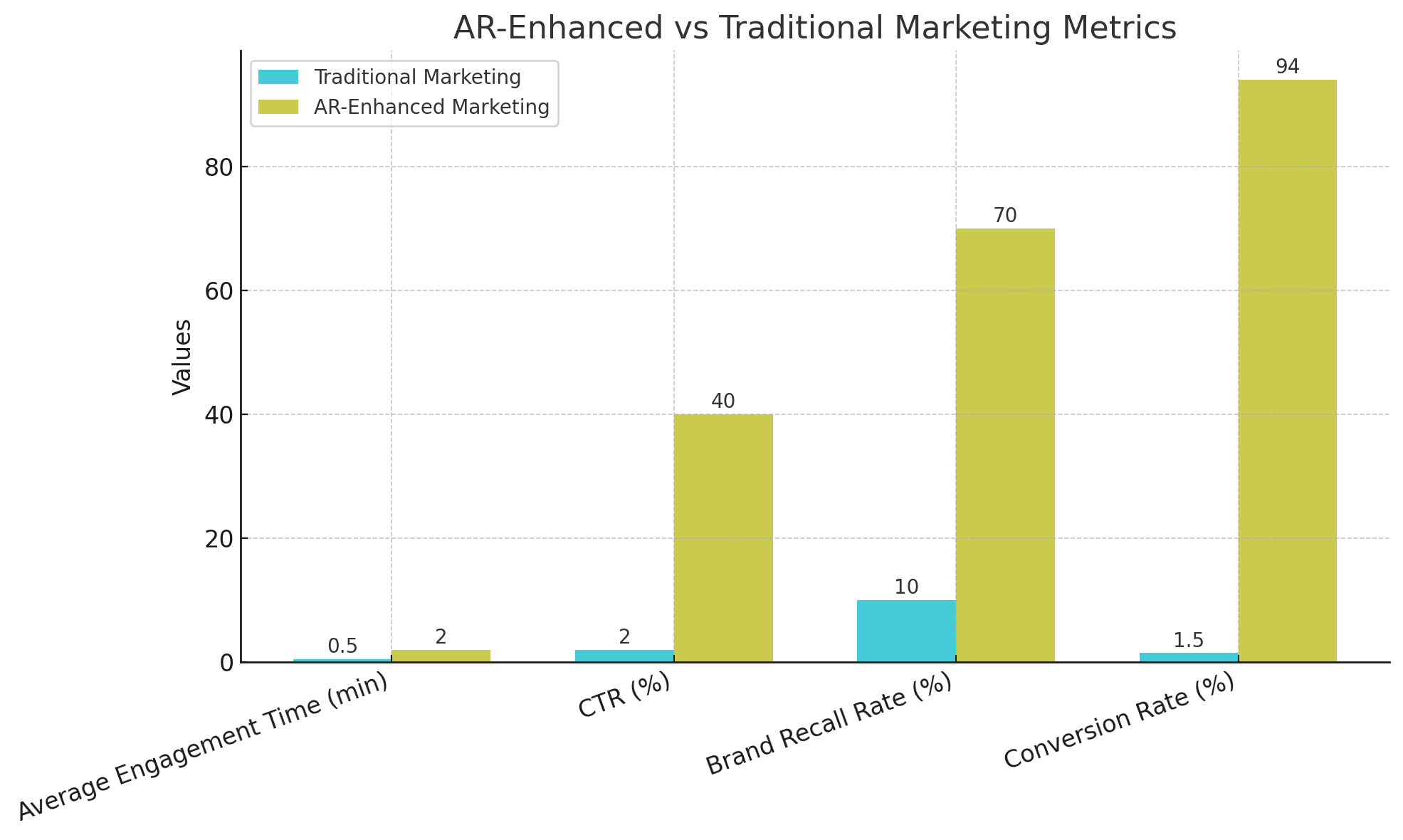AR-Powered Content: Creating Immersive Experiences for Digital Campaigns
In today's digital landscape, where consumers are bombarded with information, capturing attention has become increasingly challenging for marketers

Augmented Reality (AR) is emerging as a game-changing technology that allows brands to create immersive experiences, enhancing engagement and interaction with their audiences.
Understanding Augmented Reality in Marketing
Augmented Reality superimposes digital information onto the real world, allowing users to interact with virtual elements in their physical environment. This technology transforms traditional marketing approaches by creating engaging experiences that capture consumer interest and drive action.
Key Benefits of AR in Digital Campaigns
Dynamic User Interaction
Augmented Reality (AR) enables immersive interactions, allowing consumers to engage with products in a virtual space, making the experience more enjoyable and memorable.
Stronger Brand Recognition
AR creates immersive experiences that captivate users, enhancing brand recognition and improving recall for future purchasing decisions.
Boosted Sales Performance
By offering a virtual try-on experience, AR increases sales performance, as customers are more likely to purchase when they can visualize products in their lives.
Customized Marketing Solutions
AR facilitates personalized marketing solutions tailored to individual preferences, boosting engagement and fostering a deeper connection between consumers and brands.
How AR Enhances Digital Campaigns
Immersive Product Experiences
AR enables brands to showcase their products interactively. For instance, furniture retailers can allow customers to visualize how a piece of furniture would look in their home using their smartphones. This capability enhances user engagement and aids in informed purchasing decisions.
Example: IKEA’s Place app lets users see how furniture fits in their space before buying it, reducing return rates and increasing customer satisfaction.
Virtual Try-Ons
The fashion and beauty industries have embraced AR for virtual try-on, allowing customers to see how products look on them without needing physical samples.
Example: L'Oréal's AR app enables users to try different makeup products virtually using their smartphone cameras, which has led to increased engagement and higher sales conversions.
Statistical Insights into AR Marketing Effectiveness
To illustrate the impact of AR on digital marketing effectiveness, consider the following statistics

These figures highlight the stark contrast between conventional marketing strategies and those enhanced by AR technologies.
Successful AR Campaign Examples
Pepsi's "Uncle Drew" Campaign: Pepsi utilized AR technology to bring its character Uncle Drew to life through a mobile app. Users could interact with the character in real-time, leading to increased engagement and a reported 22% increase in CTR compared to traditional ads.
Marcolin’s Virtual Sunglasses Visualization: The eyewear company partnered with Teads and Aryel to create an AR campaign that allowed users to try on Guess sunglasses virtually. This campaign targeted younger audiences and resulted in significant engagement across multiple countries.
Toyota's Interactive Vehicle Visualization: Toyota launched an immersive AR experience for the Toyota Crown, allowing consumers to visualize the car in their environment and take a virtual test drive. This initiative provided valuable consumer data while enhancing user interaction.
The Future of AR in Digital Marketing
As technology continues to evolve, the integration of AI with AR is expected to enhance personalization further. Brands will be able to create tailored ad experiences based on individual user behavior and preferences.
Trends Shaping the Future
Web-Based AR: Enables users to access AR experiences directly through browsers, eliminating the need for app downloads.
Social Media Integration: Platforms like Instagram and Snapchat use AR features for shareable, engaging advertising content.
Gamification: Adds interactive, game-like features to AR ads to boost user engagement.
Data Analytics: Helps brands analyze AR interactions to optimize campaigns and improve targeting strategies.
Challenges in Implementing AR Advertising
While the benefits of AR are substantial, there are challenges that advertisers must navigate

Cost of Development: Creating high-quality AR content can be resource-intensive.
Consumer Adoption: Some consumers may still be hesitant or unfamiliar with using AR technology.
Technical Limitations: Ensuring compatibility across various devices is crucial for widespread adoption.
Key Points
Augmented Reality enhances digital marketing by creating immersive experiences that engage users.
Successful case studies demonstrate significant increases in click-through rates due to interactive elements.
Future trends indicate deeper integration with AI and data analytics for personalized ad experiences.
Final Thoughts
Augmented Reality is revolutionizing digital marketing by providing innovative solutions that enhance user engagement and improve campaign effectiveness. As brands continue to explore the potential of AR technology, it will become increasingly essential for marketers looking to stay competitive in a crowded marketplace. By embracing this transformative tool, advertisers can create memorable experiences that resonate with consumers and drive meaningful results.
Comments
Your comment has been submitted successfully!